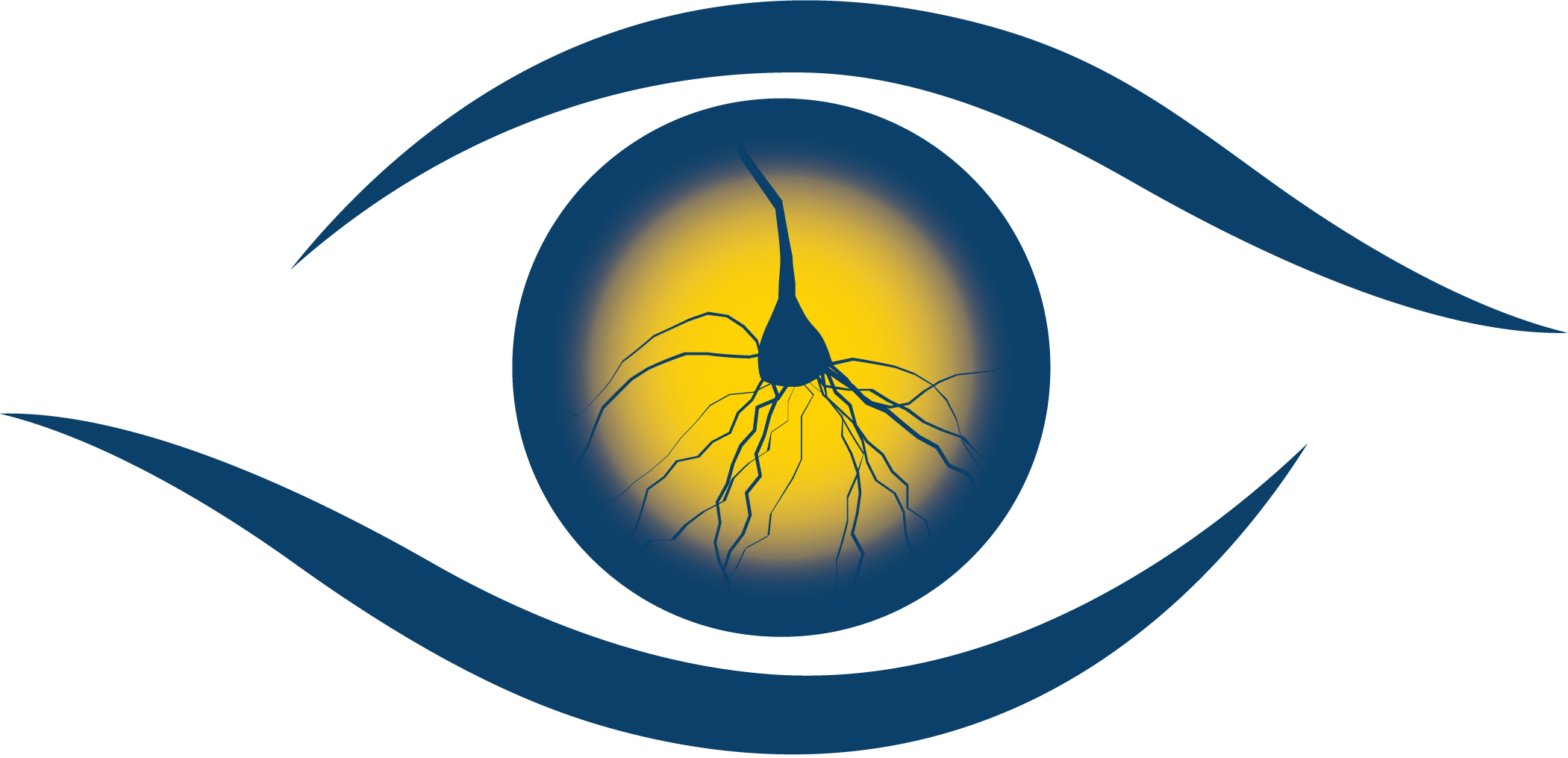2004 OSA Fall Vision Meeting
October 15-17, 2004 at the University of Rochester, Rochester, NY
Image Quality: Perception & Adaptation
Chair: Ray Applegate
Larry Thibos, Indiana University
Predicting the effects of ocular aberrations on visual performance
Andrew Watson, NASA Ames Research Center
Human optical image quality and the Spatial Standard Observer
Pablo Artal, University of Murcia
Visual performance and adaptation to changes in wave aberrations
Michael Webster, University of Nevada, Reno
Adaptation and subjective image quality
Low Vision Devices & Applications
Chair: Robert Massof
Graham Strong, University of Waterloo
New video-based assistive technologies for low vision
Eli Peli, Harvard University
Vision multiplexing in the design of low vision devices
Noa Rensing, MicroOptical Engineering Corp.
Night vision devices for the visually impaired
Gislin Dagnelie, Johns Hopkins University
Prosthetic vision for the blind: the future in sight?
Contributed Color Session
Chair: Barry Lee
John Mollon, Cambridge University
Color discrimination in carriers of color deficiency
Neil Parry, Manchester Royal Eye Hospital
Perceived chromaticity shifts with retinal eccentricity
Margalith Harrar, Museum National d'Histoire Naturelle
A study on chromatic contrast regulation
Adam Reeves, Northeastern University
Color constancy: stimulus or task
Innovations in Eyetracking
Chair: Mary Hayhoe
Jeffrey Mulligan, NASA Ames Research Center
Taking gaze tracking from the lab to the field (and sky)
Jeff Pelz, Rochester Institute of Technology
Portable eyetracking in natural behavior
Kathleen Turano, The Wilmer Eye Institute, Johns Hopkins
Simulated visual field loss in mobile observers
Wilson Geisler, University of Texas at Austin
Analysis of visual search using gaze contingent displays and ideal observers
Dan Ferguson, Physical Sciences, Inc.
Retinal image stabilization strategies for adaptive optics
Non-classical Spectral Inputs to Visual Pathways
Chair: Joel Pokorny
Hao Sun, SUNY College of Optometry
The origin of the chromatic response of magnocellular ganglion cells
Dennis Dacey, University of Washington, Seattle
Melanopsin-expressing ganglion cells in primate retina project to the LGN and signal both color and irradiance
Paul Gamlin, University of Alabama at Birmingham
Primate pupillary responses mediated by a novel photopigment
Steve Massey, University of Texas at Houston
Photoreceptor coupling in the primate retina
Visual Plasticity in "Normal" Vision
Chair: Manfred Fahle
Takeo Watanabe, Boston University
Perceptual learning without perception is not passive and results in robust perception
Daphne Bavelier, University of Rochester
Effects of video game playing on visual functions
Geoffrey Ghose, University of Minnesota
Learning and cortical hierarchies
Models of Color Appearance
Chair: Kathy Mullen
David Brainard, University of Pennsylvania
The dual functions of color vision: connecting thresholds and appearance
Mark Fairchild, Rochester Institute of Technology
Color appearance models: splicing color science and practical applications
Kenneth Knoblauch, INSERM, Bron
Non-monotonic relations between spectral coding and color perception
Rainer Mausfeld, Christian-Albrecht-University of Kiel
Modes of appearance revisited: the non-unitary of colour codes
John Mollon, Cambridge University
The contributions of John Krauskopf to sensory science
Visual Plasticity and Rehabilitation
Chair: Krystel Huxlin
Bernhard Sabel, University of Magdeburg Medical School
Vision Restoration Therapy (VRT) for the treatment of visual field deficits
after brain damage: the role of eye movements and fixation behavior
Daphne Maurer, McMaster University
Lessons about visual rehabilitation from children treated for cataracts
Lynne Kiorpes, New York University
Critical periods in visual development: implications for amblyopia
Donald E. Mitchell, Dalhousie University
Early visual deprivation: strategies to prevent visual deficits and factors that
promote recovery when deficits occur
Time Scales and Significance of Adaptation
Chair: Qasim Zaidi
Jay Neitz, Medical College of Wisconsin
A neural mechanism that is plastic in adults and its
implications for coding of color
Barry Lee, SUNY College of Optometry
The time course of outer retinal adaptation
Peter Lennie, New York University
Multiple layers of contrast adaptation
Donald MacLeod, University of California, San Diego
Reasons for adaptation
Contributed Vision Session
Chair: Ione Fine
Contributed papers to this session were handled by the Vision Committee Chairs
Bart Farell, Syracuse University
What and where in the computation of relative disparity
Zhong-Lin Lu, University of Southern California
Independent perceptual learning in monocular and binocular motion systems
Daniel Tso, SUNY Health Science Center
The origins of stimulus dependent intrinsic optical signals of the retina
Matthew Dye, University of Rochester
The development of visual attention skills in school-age children: effects of age and video gaming
Physiology of Cortical Adaptation
Chair: Alex Wade
Tony Movshon, New York University
Adaptation's effects on macaque MT neurons
Geoffrey Boynton, The Salk Institute
Orientation-specific adaptation in human visual cortex
Benjamin Backus, University of Pennyslvania
Illusory motion from nonlinear
response to contrast: how much does the visual system know about its own neuronal adaptation?
Randolph Blake, Vanderbilt University
Adaptation as a tool for probing
the neural correlates of conscious visual awareness
Local Organizing Committee
David Williams
Joseph Carroll
Geunyoung Yoon



